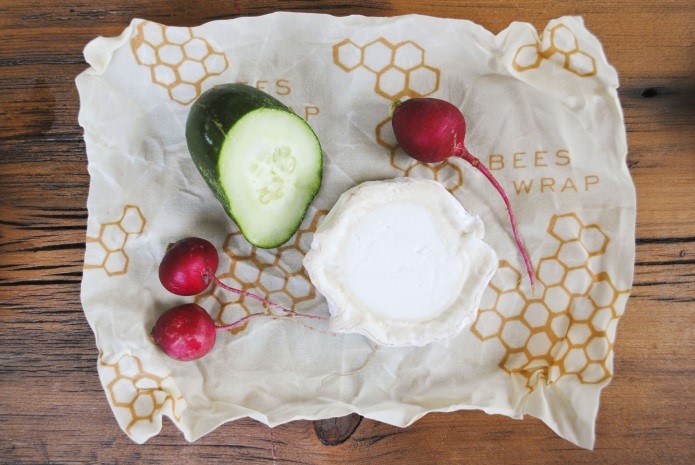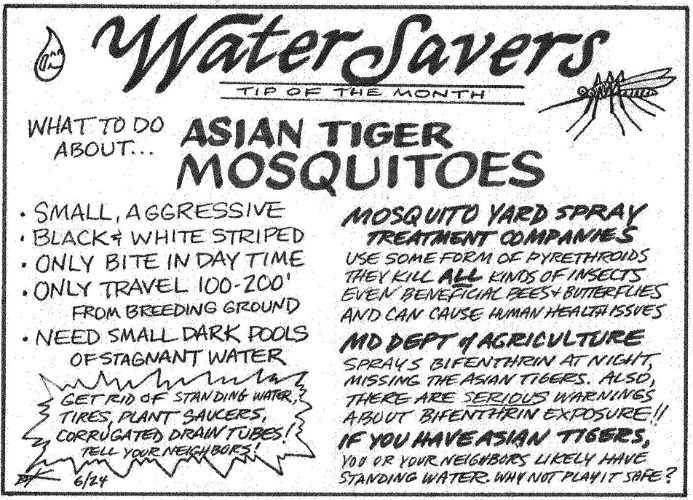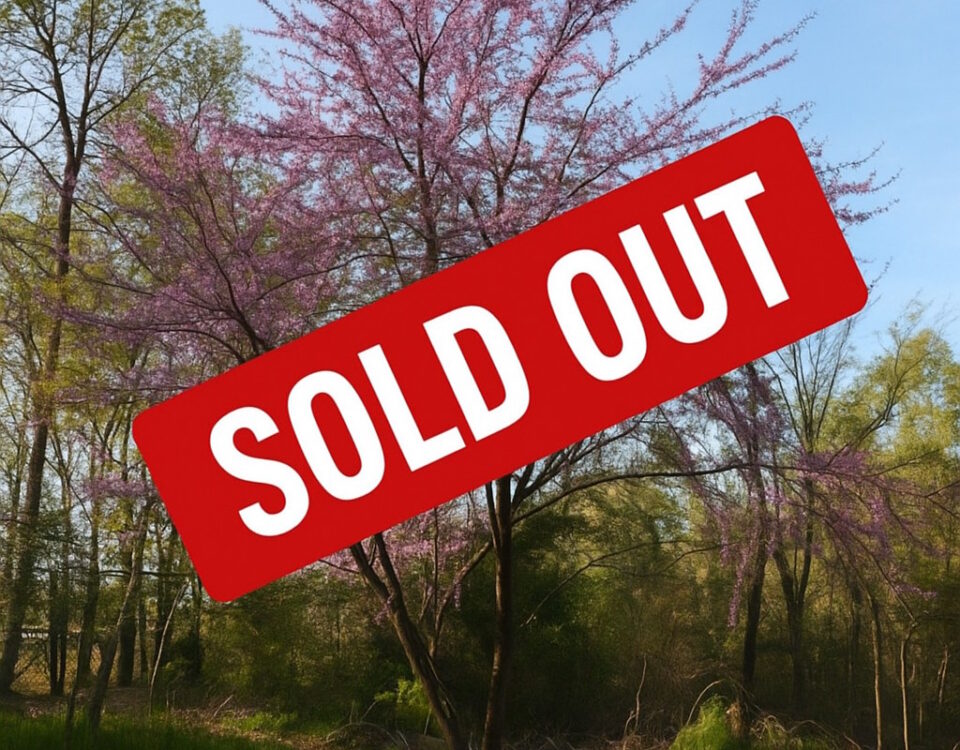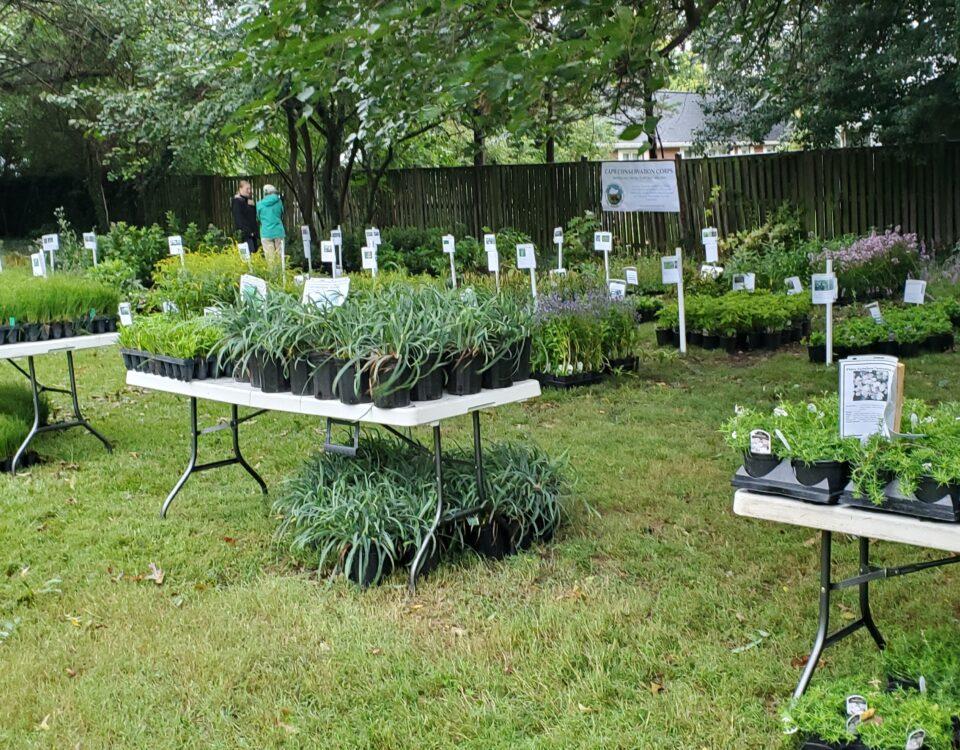
Resolutions: 2017 By Stacey Wildberger
January 11, 2017
Native Plants vs Nativars
March 7, 2017“Examine each question in terms of what is ethically and esthetically right, as well what is economically expedient. A thing is right when it tends to preserve the integrity, stability and beauty of the biotic community. It is wrong when it tends otherwise.” –Aldo Leopold. A Sand County Almanac
Have you ever considered your backyard as the last chance to sustain nature, create biodiversity and provide habitat? Or what your role is in preserving the natural world for future generations? We have a responsibility to be good stewards of our landscapes.
Our lawns, gardens and common spaces have always been expected to be a place of beauty, relaxation and an expression of ourselves and that the natural world existed somewhere else. Doug Tellamy, author of Bringing Nature Home states ” We have always thought that biodiversity was happy somewhere out there in nature.” We were never taught that species are disappearing everyday from our world and how their disappearance affects our own well-being.
Our bodies depend on biodiversity to support our own life systems. Biodiversity generates oxygen, cleans the water, creates topsoil, and acts as a buffer against extreme weather conditions. We cannot exist without the species that create our much needed ecosystems. The loss of habitat is one of the biggest threats to these much needed species. According to Tellamy, the area needed to sustain biodiversity is equal to the area that created it in the first place. If we lose 95% of our natural habits we can expect to lose 95% of species from that habitat.
While these facts and figures can be seem overwhelming and even hopeless Tellamy does not think it is too late to reverse the damage that we have done. There are steps we can take to prevent further damage and undo what has been done to our ecosystems.
What can you do as landowner and citizen of the community? Begin to think of your backyard as that place “out there”. You can start by planting native plants and removing invasive species from your landscape. By doing so you will begin to create the habitat our native fauna needs to survive. You can provide everything wildlife needs right in your own backyard-food, water and shelter; you will be providing a place for biodiversity to exist. By planting natives you will attract beneficial bugs which in turn the birds will fed their young. Native plants and animals have co-evolved over thousands of years together and depend on each other for their survival. The insects have developed chemical relationships with the native plants and the plants provide those insects with the energy they need. A few nibbled leaves are not much of a sacrifice to our gardens to provide for the beneficial bugs lunch. They in turn will keep the “bad bugs” in check.
You can start small by choosing an area to remove invasives such as English ivy, Japanese honeysuckle, and oriental bittersweet and replanting with native woody and herbaceous plants. When adding more plants to your garden this spring chooses natives over exotics. They will support many more species of caterpillars. Those caterpillars become food for baby birds or if they survive, beautiful butterflies and moths. You can also make a difference to help conserve native natural areas in your community by becoming involved in community groups that are working towards preserving our wild world.
Conservation of our ecosystems starts out there-in our own backyard and community spaces. We can and should make a difference in preserving and protecting biodiversity.
It is important to plant for a continuous bloom season. Here is a list of plants grouped by the season they bloom in. Be sure to check soil conditions and light requirements to choose the right plants for the right areas in your yard
Spring
Phlox divaricata wild blue phlox
Dicentra eximia wild bleeding heart
Aquilegia canadense wild columbine
Geranium maculatum wild geranium
Iris cristata dwarf crested iris
Claytonia virginica spring beauty
Sanguinaria canadensis bloodroot
Tiarella cordifolia foam flower
Summer
Echinichia purpera coneflower
Coreopsis verticilllata threadleaf coreopsis
Asclepsias Incarnata milkweed
Asclepsias syriaca milkweed
Asclepsias tuberosa milkweed
Phlox paniculta summer phlox
Baptista Australis wild blue indigo
Helianthus divaricatus woodland sunflower
Liatris spicata dense blazing star
Lobelia cardinalis cardinal flower
Monarda didyma scarlet beebalm
Packera aurea golden ragwort
Penstemon digitalis foxglove beardtongue
Rudbeckia hirta black-eyed susan
Autumn
Aster novea-angliae New England Asters
Vernonia noverboracensis New York ironweed
Soldiago goldenrods (assorted varities)
Chelona Glabra white turtle head
Eupatorium dubium Joe Pye Weed
Winter
Leave your flower stalks standing throughout the winter to create a dynamic winter feast for the eyes. The sharp contrasts of black and white between a seed pod and the stem to soft snow collecting on the slight twigs of woodland sunflower there is wonder to be found in the winter scene. You won’t see the bold flashes of color the spring and summer show us or the crisp autumn foliage but if you head the call to leave those stalks standing you might just be surprised by the beauty all around in the whispers of color.





